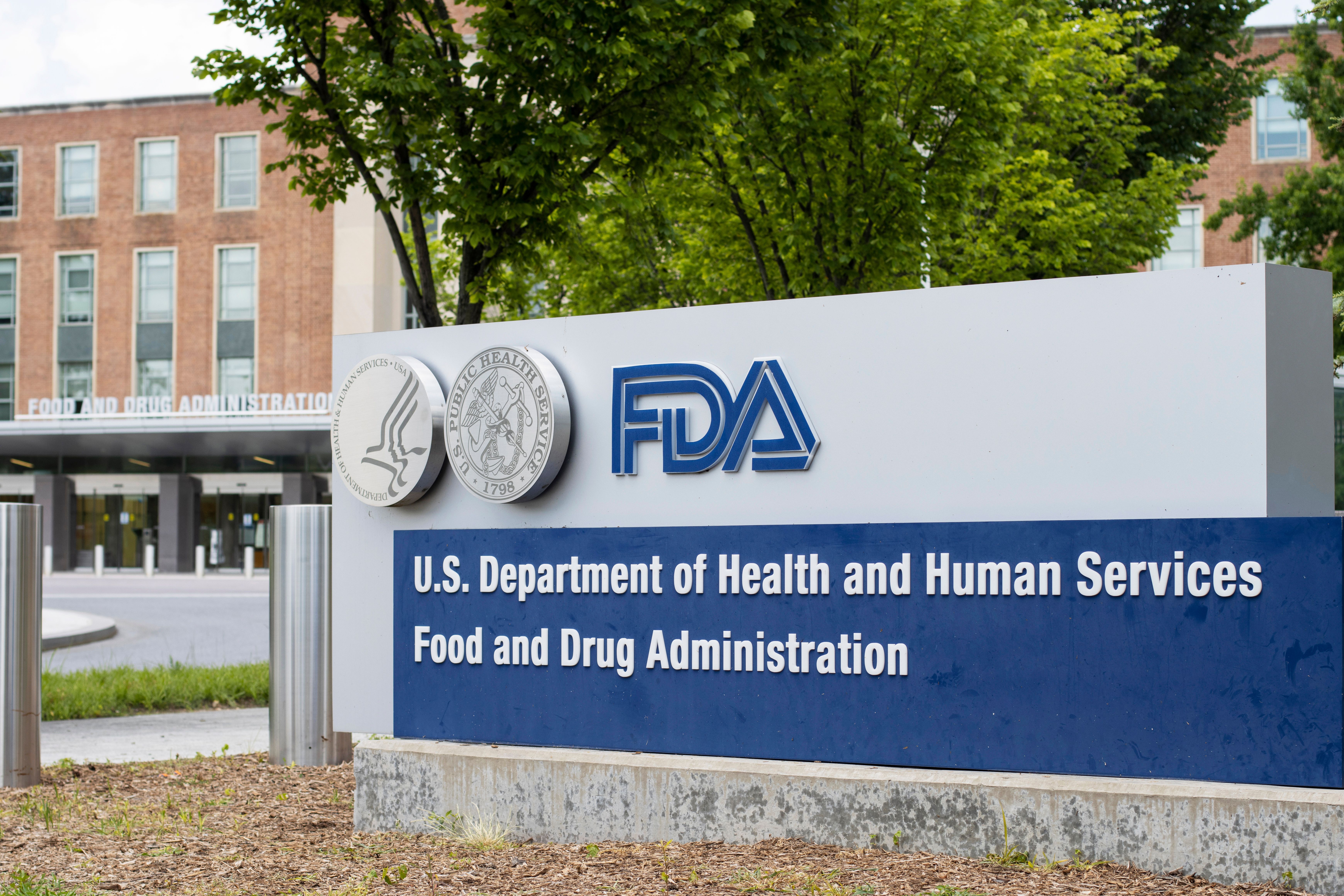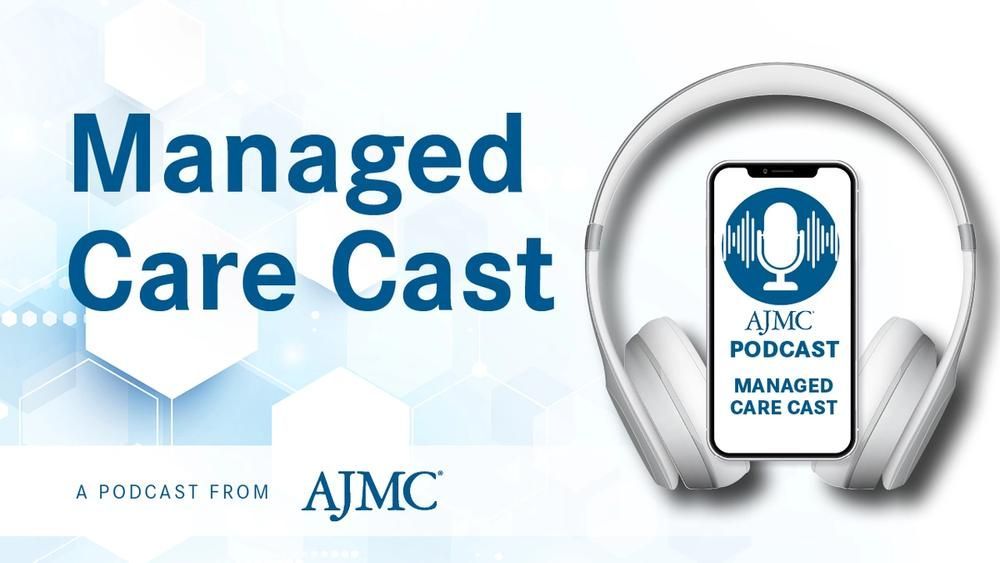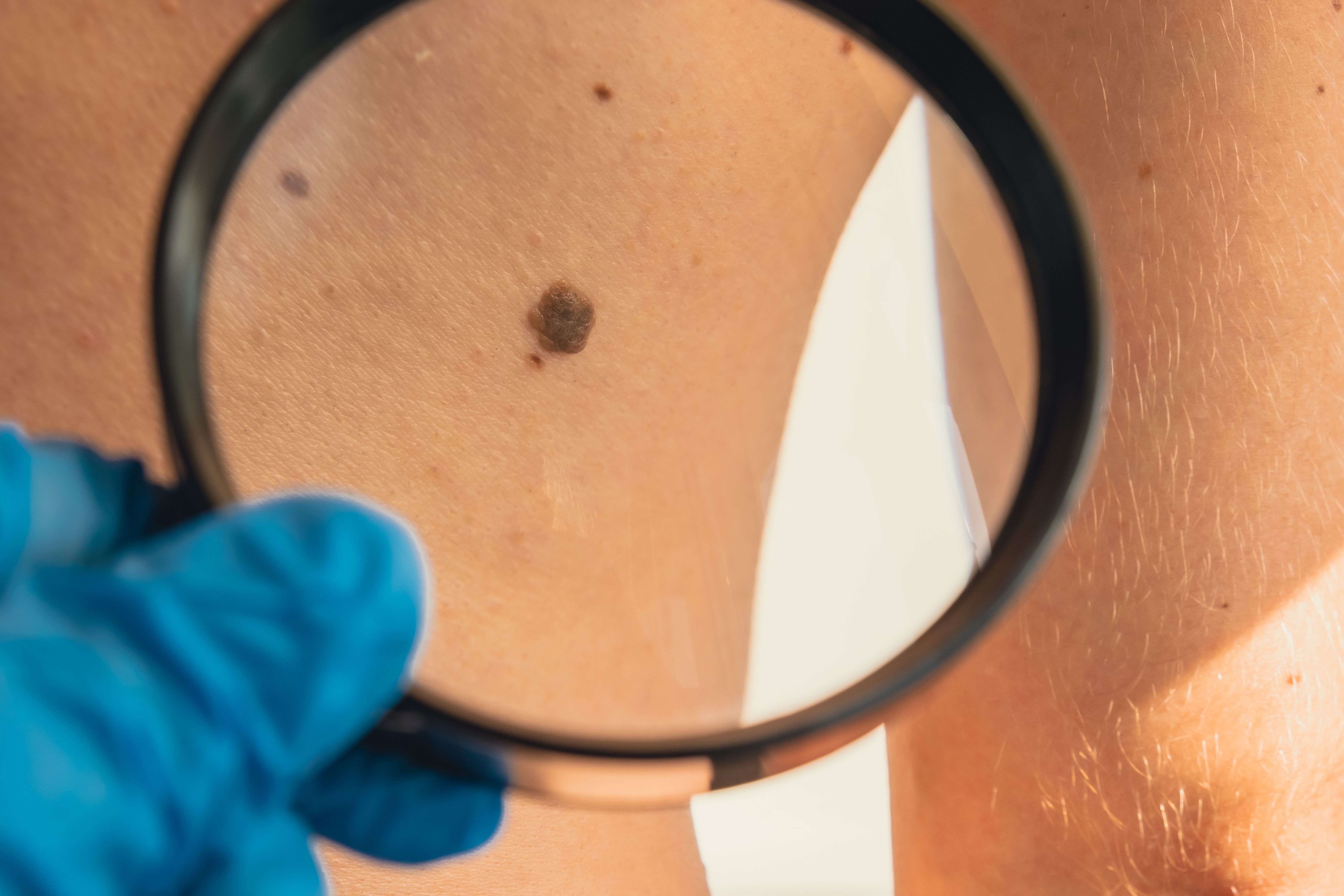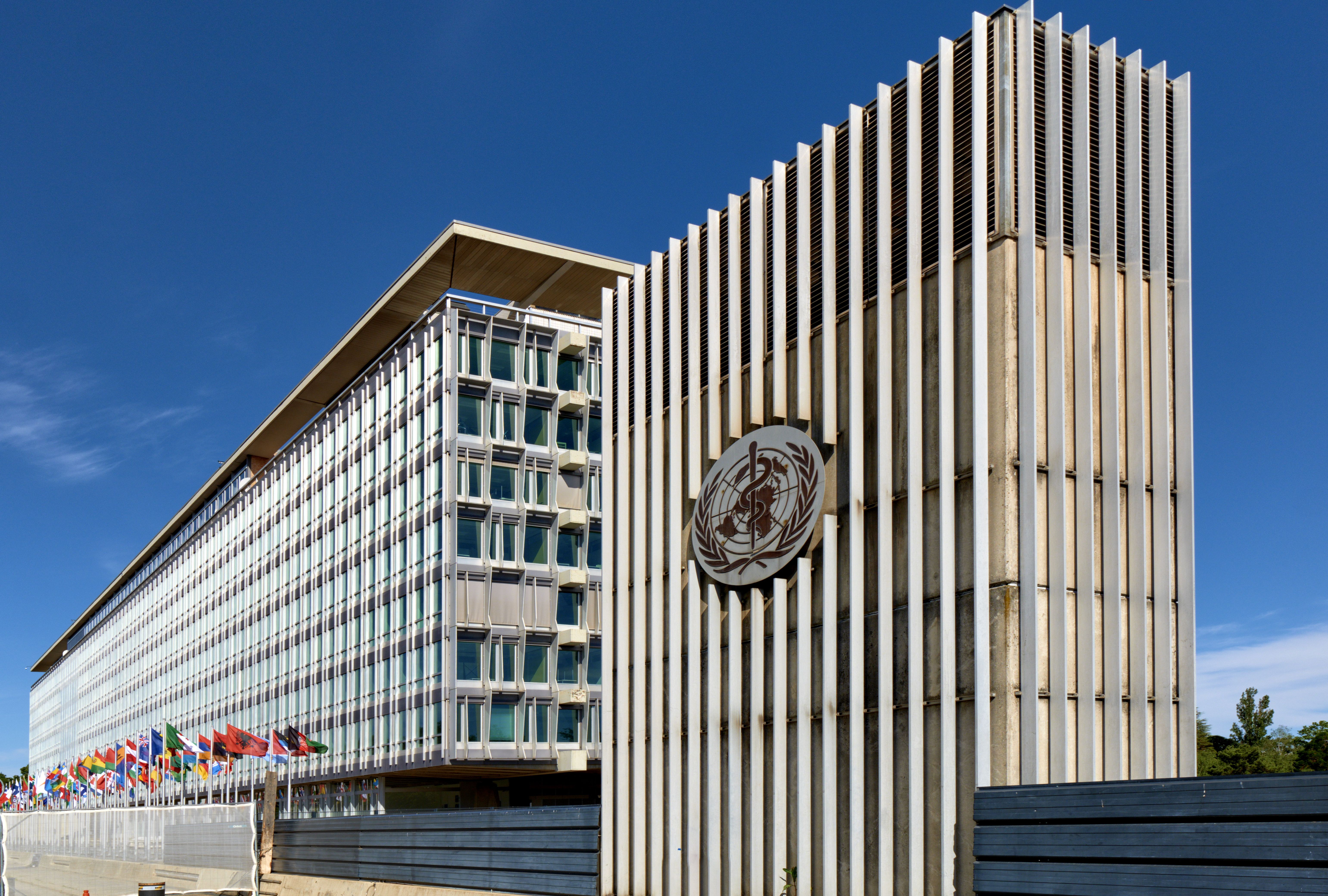Commentary
Video
Telehealth's Journey From Limited Use to a Health Care Essential
Author(s):
Geoffrey Rutledge, MD, PhD, of HealthTap, emphasizes that when care can be delivered virtually, it is more efficient and effective to do so.
In an interview with The American Journal of Managed Care®, Geoffrey Rutledge, MD, PhD, cofounder and chief medical officer of HealthTap, explores the evolution of telehealth, from its slow adoption before the COVID-19 pandemic to its widespread use during and after the public health crisis.
HealthTap, a virtual primary care practice, provides accessible and affordable long-term care for individuals across the US, regardless of insurance status.
This transcript has been lightly edited for clarity; captions were auto-generated.
Transcript
Before the COVID-19 pandemic, what was the state of telehealth? How widely was it used?
We foresaw when we started the company [HealthTap] 15 years ago that what we call telehealth today was really going to be very important. We started the company with the idea that it should be possible to bring health care to mobile devices and use the technology to connect people with their doctors. We were long down this path before the COVID-19 pandemic hit.
We first launched our telehealth service, I think it was 2012. We had, up and running, a live platform for delivering video services. The challenge, of course, was that people didn't know about it. It wasn't widely available; people hadn't tried it. It was a, how should we say, a slow start for access to telehealth.
There were a number of trial prototype projects that were involved. Mayo Clinic was using it for telestroke evaluation remotely in emergency departments, for example. Many focused use cases demonstrated the potential value, but it wasn't broadly available, and there wasn't a lot of awareness.
When COVID-19 came along, suddenly, with the lockdowns, the only way to see the doctor was via virtual connection. As you well know, we saw a massive uptake in the use, but it was not a thoughtful use based on considerations of where telehealth fits. It was an emergency use by doctors using whatever platform. The regulations were loosened to allow people to use Zoom or other non–HIPAA [Health Insurance Portability and Accountability Act]-compliant methods for connecting by video. Many doctors simply connected by telephone; that's included in many of the accounts of virtual visits.
One of the interesting things was that, for the first time, it [the pandemic] caused people to discover that they could interact with their doctors remotely. It introduced a large number of people to virtual care, even when they were talking to doctors who are, fundamentally, the officeologists, doctors who work in their offices, who have their practice built around their office, who are somewhat reluctantly dragged into using telehealth because it was the only way they could see their patients during the pandemic.
We've seen from that a natural evolution of how telehealth has moved to a role where it actually works, and it's different from the way it was used during the emergency crisis of the COVID-19 pandemic.
What lasting impact has telehealth had on health care delivery? How has it evolved over the past 5 years since the start of the COVID-19 pandemic?
Well, as I said, the COVID-19 pandemic caused many people to discover, try out, and realize the opportunity, but the fundamentals of virtual care are identical before and after the pandemic. There is an incredibly important role for virtual care in our system, and it's a role that, really, the virtual platforms are simply growing into.
The reality is there's an incredibly important ability of virtual care to fill in missing and important elements of care. There are many applications; we could talk about the different ways it's used, but the place that we're so excited about, what we, as a company [HealthTap], are focusing on, is primary care.
The reality is that too many people don't have a relationship with a doctor who knows them and is available to them. What virtual primary care offers is the ability to connect with the doctor that you choose and that you can interact with them and then keep them.
Any health care that can be delivered equally effectively virtually should be delivered virtually. It is inefficient and less effective to require people to visit the doctor's office to achieve something that could have been achieved virtually. If what you need is interaction, discussion, and evaluation of the severity of a symptom, and the reality is, for most people, most of the time, the problems they face in the medical situations they have can be appropriately evaluated and managed by a doctor virtually. If the care you need can be delivered virtually, it's far more efficient and more effective to do so.
We're still in a phase where a lot of people are not aware of the fact, or the idea, that you could get and keep a doctor online. People think of telehealth as a one-off, on-demand, urgent care, quick visit with the doctor to get the thing that is bothering you addressed right now. As more people discover that you can have a trusted relationship with someone that you can turn to, that's a very powerful thing that people, once they experience it, value highly.





